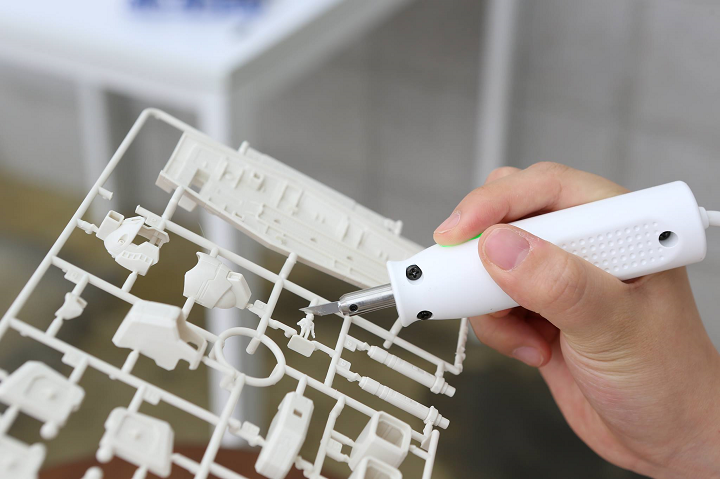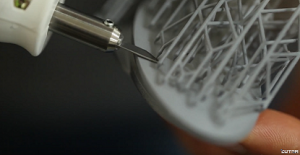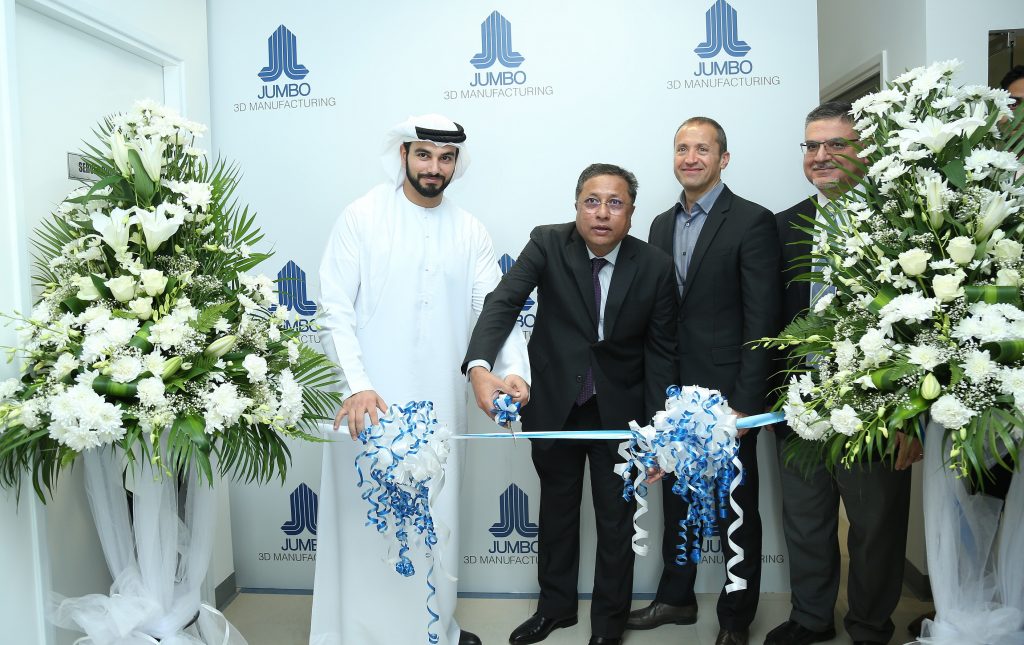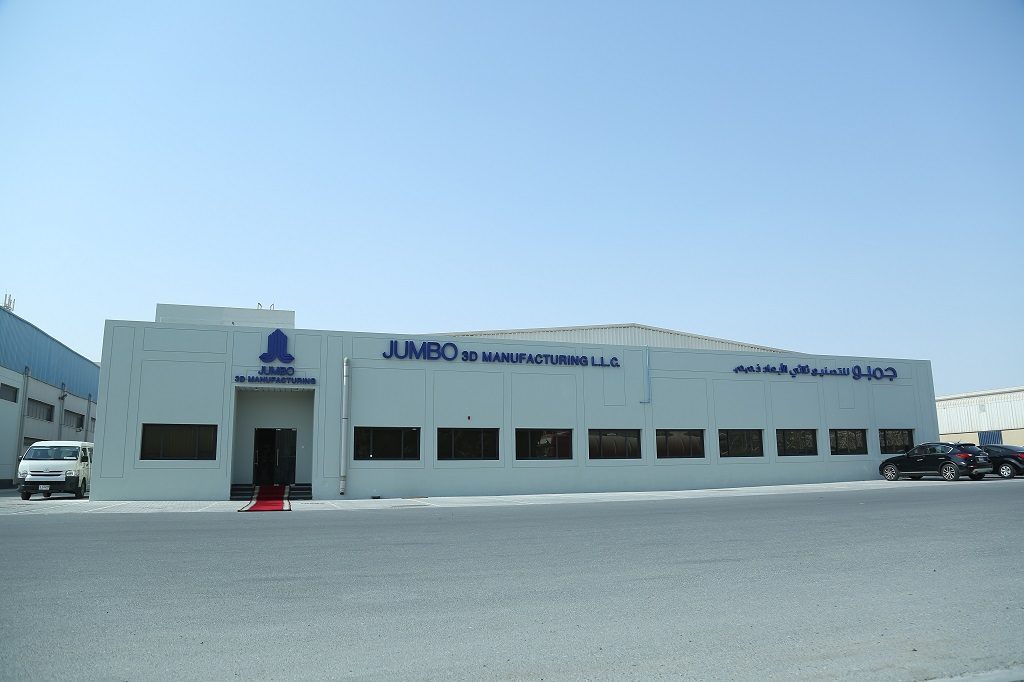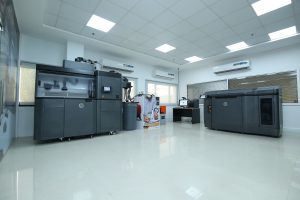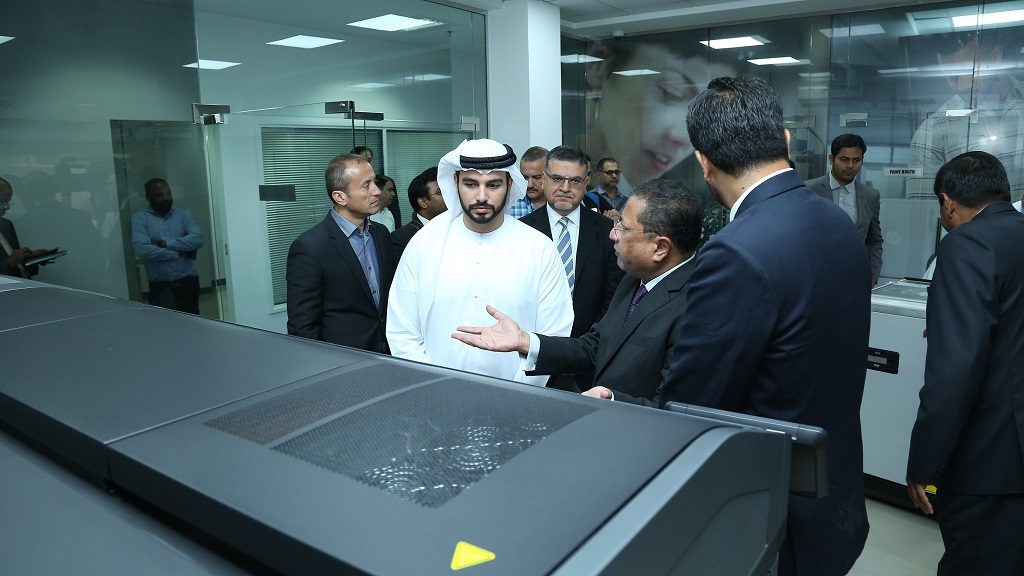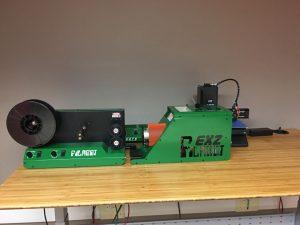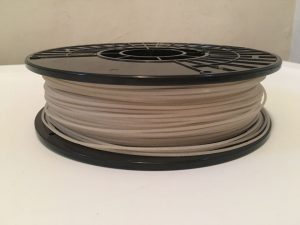 Product solutions company Jabil has been increasing its focus on additive manufacturing over the past few years, recently going so far as to introduce its cloud-based Jabil Additive Manufacturing Network. The company’s additive manufacturing offerings are broad, but currently Jabil is focusing on one area in particular – footwear. 3D printing is becoming a bigger part of the footwear industry, as everything from running shoes to ballet slippers are enhanced with the technology. Now Jabil wants to become a leader in 3D printed footwear, despite some stiff competition.
Product solutions company Jabil has been increasing its focus on additive manufacturing over the past few years, recently going so far as to introduce its cloud-based Jabil Additive Manufacturing Network. The company’s additive manufacturing offerings are broad, but currently Jabil is focusing on one area in particular – footwear. 3D printing is becoming a bigger part of the footwear industry, as everything from running shoes to ballet slippers are enhanced with the technology. Now Jabil wants to become a leader in 3D printed footwear, despite some stiff competition.
3D printed footwear really started with the production of 3D printed insoles, which Jabil had a hand – or a foot – in at an early stage. The company wants to take things a step or two further, though, with the production of 3D printed shoes and even, as one representative suggested, a fully 3D printed ski boot. Jabil named several advantages of 3D printing in footwear, including:
Customization
The problem with the current footwear standard is that shoes are made as not quite one size fits all, but a few sizes fit all. Shoe companies offer a range of sizes, but people’s feet come in all shapes, which don’t always conform to a standard size 8 or 9. 3D scanning and 3D printing allow shoes to be made to order, perfectly fitting each customer’s unique foot size and shape. This also greatly helps people who have orthopedic needs, whether they’re suffering from diabetes or back problems.
On-Demand Local Delivery
People in remote countries are often lacking in proper footwear, but 3D printing can produce shoes as-needed anywhere in the world. This is also important when considering the military, where durable, comfortable, well-fitting footwear is critical. A 3D printer could go a long way toward providing military personnel with new boots whenever and wherever they need them.
Flexibility in Materials
3D printing materials have come a long way, and the selection of flexible materials is greater than ever before. Jabil suggests taking advantage of Design for Additive Manufacturing (DfAM) to create insoles, outsoles and other footwear components using materials such as EVA, PU and TPA.
Better Functionality
3D printing, simply, can create better shoes. With advanced materials available, shoes can be made to be more flexible, durable and functional no matter the application, whether military, athletic, orthopedic or simply leisure. They can be made to last longer, saving money and resources in the long run.
Jabil has a lot of competition in the 3D printed footwear market, as more and more traditional footwear brands begin to turn towards additive manufacturing and completely new companies dedicated to 3D printed footwear spring up. But Jabil benefits from years of expertise in 3D printing, and a knowledge of how to leverage the technology to quickly and thoroughly meet customers’ needs. Jabil offers parts production of performance footwear components such as insoles and midsoles, and uses DfAM to create parts consolidation and unique geometries. Its design services include topology optimization, as well as distributed production in local markets.
You can contact Jabil directly to find out more about its footwear and other manufacturing solutions.
Discuss this and other 3D printing topics at 3DPrintBoard.com or share your thoughts below.





